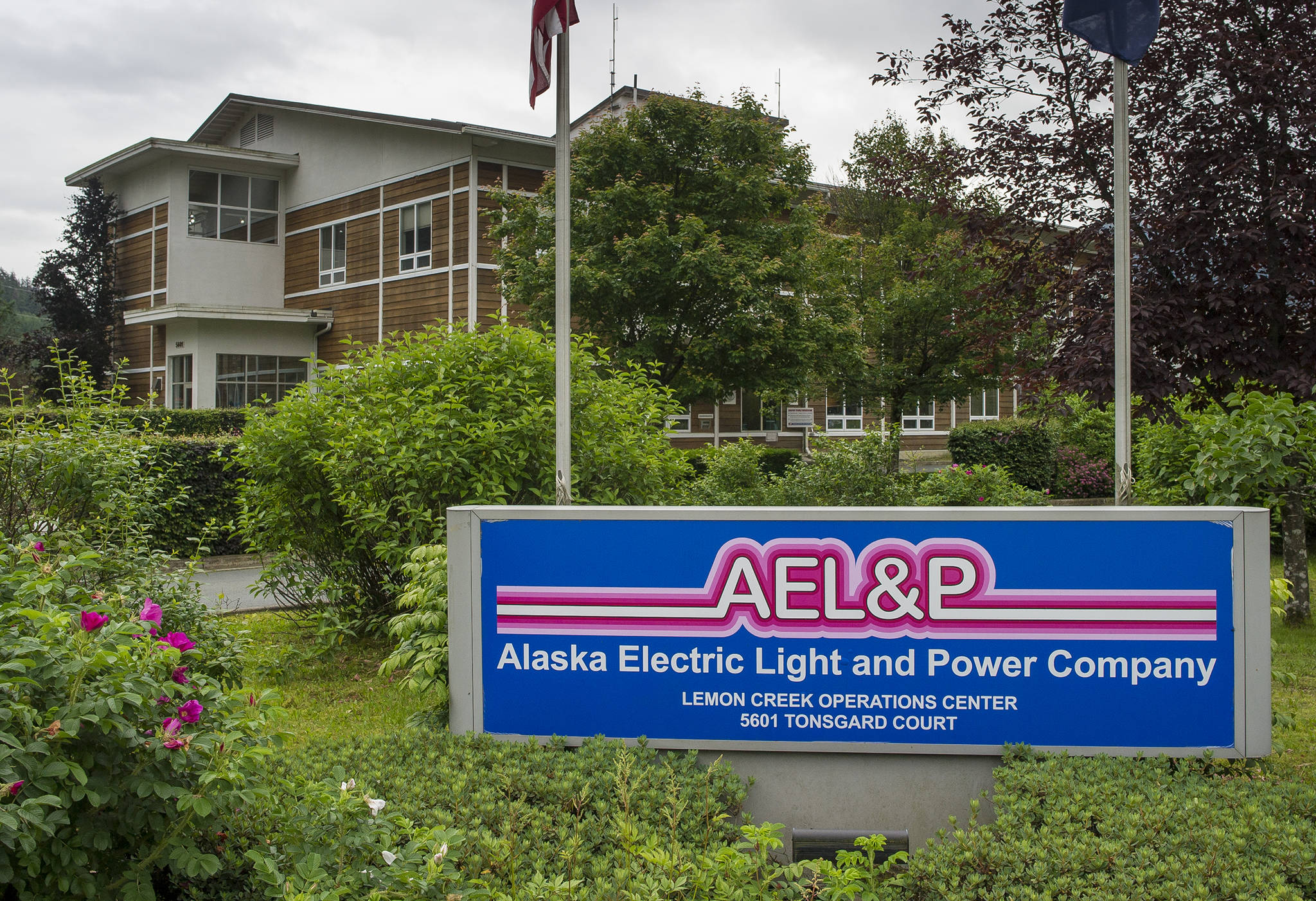On Valentine’s Day, AEL&P filed a request with the Regulatory Commission of Alaska (RCA) saying they won’t have enough power for interruptible customers this spring. They also asked the RCA to “waive public notice of this filing.”
We are lucky to have “interruptible customers” who have multiple power sources and do not depend solely on AEL&P for their power. During normal operation, those customers help balance out the system and lower rates for the rest of us. But right now, they mask how much we’re struggling with last year’s lack of rainfall.
[Power costs in rural Alaska could go up under governor’s proposed budget]
AEL&P has argued for years that Juneau’s energy demand is decreasing and we don’t need new sources of power. But now the federal building, two public schools and five University of Alaska Southeast buildings are all using diesel instead of electricity for heat. In addition, Greens Creek Mine is using diesel to generate its own electricity. Just to put that in perspective, the federal building burns 21,000 gallons of fuel per month for heat, while Greens Creek burns approximately 10,000 gallons per day. Costs and carbon emissions have gone up accordingly.
[Opinion: When it comes to net neutrality, Alaska has bigger fish to fry]
You might think that AEL&P is just being careful in case we have a drought like Ketchikan. But you should also wonder why AEL&P hasn’t developed some smaller renewable sources? Or agreed to buy power from Sweetheart Lake? Why do they continue to fight net metering? Why don’t we have wind turbines and storage like Kodiak? All good questions, but ones that we don’t have answers to because their planning process is proprietary. Our remote community depends on their monopoly but we don’t get to see the plans.
This is not normal. Most utilities have integrated resource planning built into their regular process. That gives the public the opportunity to read and comment upon plans. That is the industry standard across the country. In the process of Hydro One’s failed attempt to buy Avista, AEL&P promised that it would be more transparent with its planning process. While Hydro One is no longer in the picture, AEL&P could still honor the agreement it made with the City and Borough of Juneau, as suggested in Margo Waring’s letter to the editor from Feb. 11.
Instead, AEL&P Chief Financial Officer Brandon Cullum asked the Regulatory Commission to “waive public notice of this filing.” He cites the fact that the rates they’re requesting were calculated using previously approved methods.
The implications of this filing go far beyond this rate case. The public — including the CBJ and state agencies — needs to better understand the situation and how to plan for a renewable energy future. I hope the RCA will reject AEL&P’s request to waive public notice.
AEL&P shouldn’t be keeping us in the dark.
• Danielle Redmond is a Juneau resident and board member of Renewable Juneau. My Turns and Letters to the Editor represent the view of the author, not the view of the Juneau Empire.

